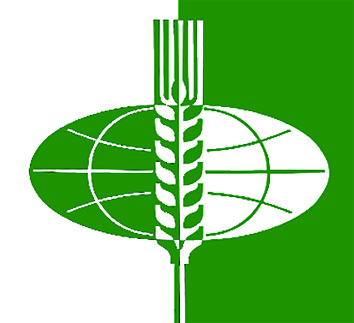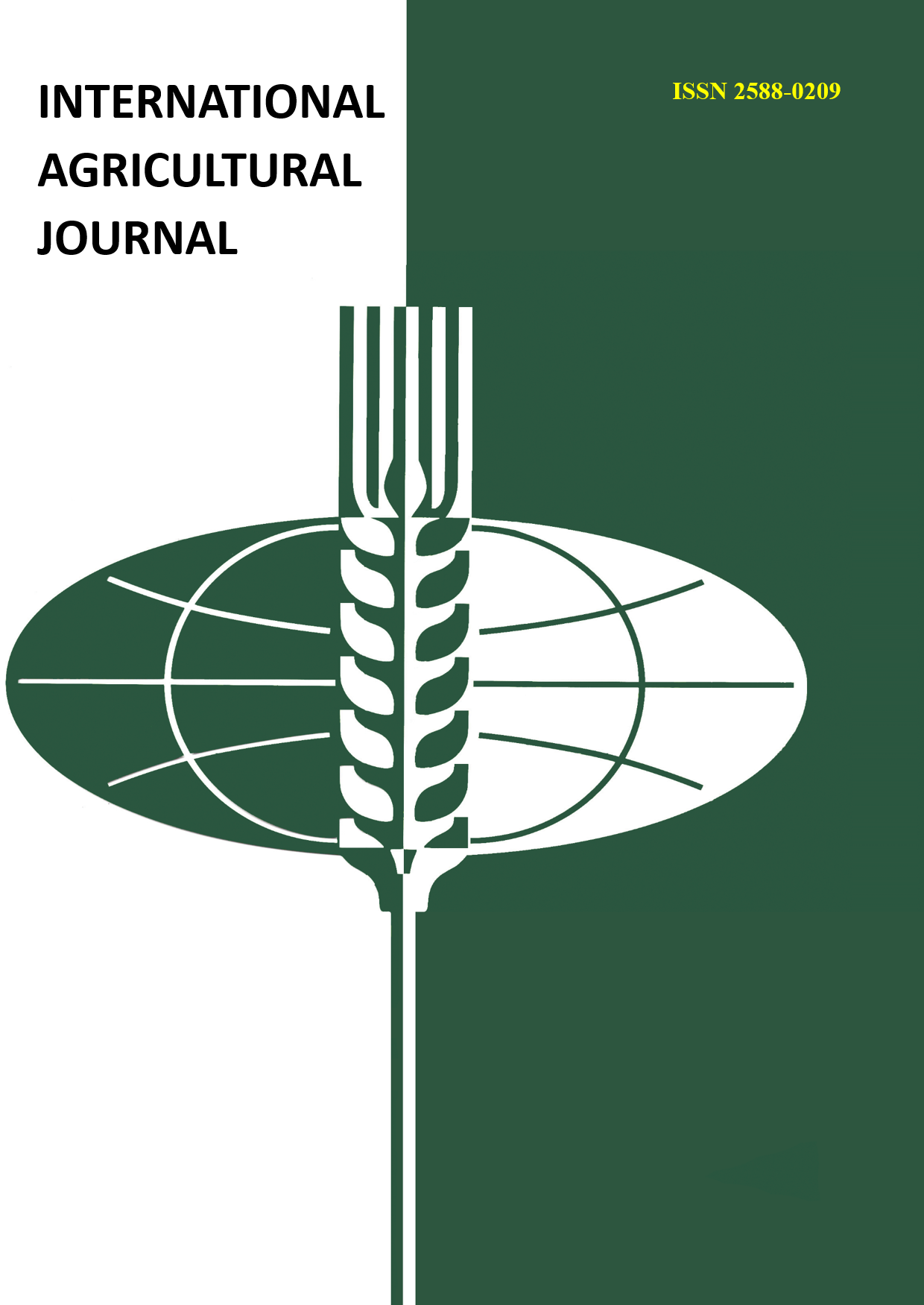Russian Federation
Russian Federation
The objective of the study was to investigate the effect of the weed component placement density per unit area on the growth and development of corn plants in the forest-steppe zone of the Chechen Republic. The study was conducted in the period 2020-2022 in the forest-steppe zone of the Chechen Republic. The experiment was laid out and carried out against the background of a mixed type of weed infestation: annual - 60.5%, perennial, respectively - 39.5%. The decrease in the pigment content against the background of an increase in the plant placement density per unit area was approximately the same. The mass of the weed component with a minimum number in the sowing of the mid-early corn hybrid Krasnodar 291 AMV is 81.98 g / m2, with an increase in the number of weeds - 2546.28 g / m2 - the air-dry mass of the weed component increases by 31 times. In the conditions of the forest-steppe zone of the Chechen Republic, intraspecific and interspecific competition has been established in crops of both mid-early and mid-season hybrids of corn, which is of great importance in developing measures to protect crops from weeds against the background of a tendency to reduce the pesticide load on the agrocenosis and increase the productivity of arable land.
kukuruza, vidovoy sostav, poteri urozhaya, urozhaynost', konkurentosposobnost', plotnost' razmescheniya














